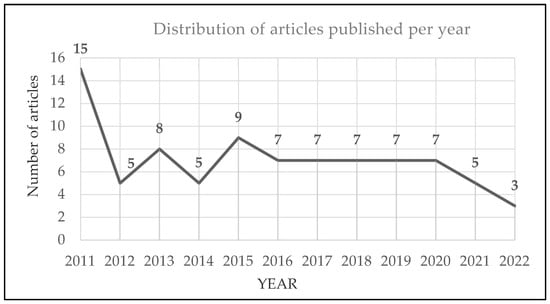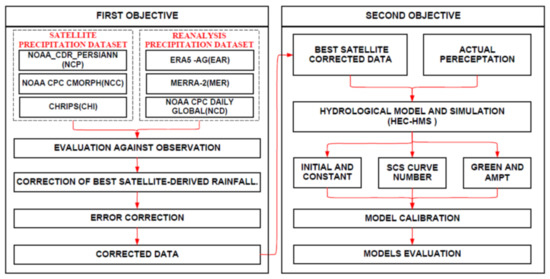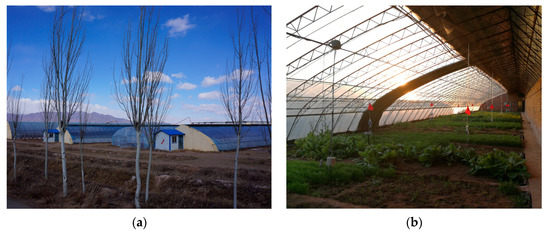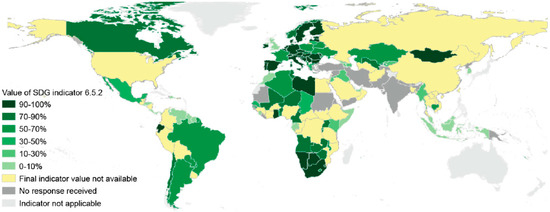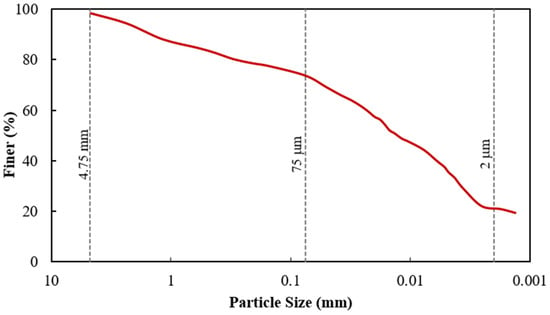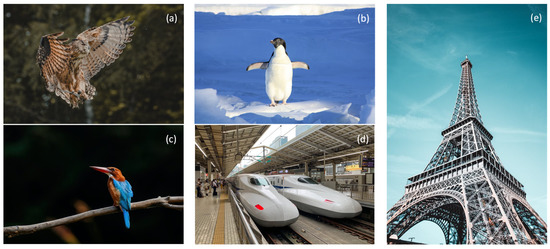Sustainability and Engineering Design
A topical collection in Sustainability (ISSN 2071-1050). This collection belongs to the section "Sustainable Engineering and Science".
Viewed by 32457Editors
Interests: engineering design; machine learning applications; smart digital interventions
Interests: modern hazards; detection and preventive measures
Special Issues, Collections and Topics in MDPI journals
Topical Collection Information
Dear Colleagues,
It is our pleasure to announce a Topical Collection on “Sustainability and Engineering Design” of the journal Sustainability, which we believe will make great contributions to this research area.
Designing future cities, the infrastructure that underpins them, and their components requires a foresight-based, holistic, truly crossdisciplinarity approach. Systems thinking sits at the heart of design and brings together insights from a spectrum of disciplines, including urban planning, big data analysis and AI, materials (responsive, bio-inspired, and bio-mediated), social sciences and psychology, environmental sciences, geography, hydrogeology, and geo-environmental engineering, mechatronics, computer systems, and renewable energies disciplines. Cities are designed to be adaptable to the changing environment, population and demography, and cultural and socioeconomic trends; they are designed to be citizen-centric and to minimize cascading system failure in the times of natural and anthropogenic hazards.
We look forward to receiving your submissions to this Topical Collection on, but not limited to, the above topics.
Prof. Dr. Hassan Abdalla
Dr. Arya Assadi Langroudi
Collection Editors
Manuscript Submission Information
Manuscripts should be submitted online at www.mdpi.com by registering and logging in to this website. Once you are registered, click here to go to the submission form. Manuscripts can be submitted until the deadline. All submissions that pass pre-check are peer-reviewed. Accepted papers will be published continuously in the journal (as soon as accepted) and will be listed together on the collection website. Research articles, review articles as well as short communications are invited. For planned papers, a title and short abstract (about 100 words) can be sent to the Editorial Office for announcement on this website.
Submitted manuscripts should not have been published previously, nor be under consideration for publication elsewhere (except conference proceedings papers). All manuscripts are thoroughly refereed through a single-blind peer-review process. A guide for authors and other relevant information for submission of manuscripts is available on the Instructions for Authors page. Sustainability is an international peer-reviewed open access semimonthly journal published by MDPI.
Please visit the Instructions for Authors page before submitting a manuscript. The Article Processing Charge (APC) for publication in this open access journal is 2400 CHF (Swiss Francs). Submitted papers should be well formatted and use good English. Authors may use MDPI's English editing service prior to publication or during author revisions.
Keywords
- resilience
- biomimetics
- responsive materials
- adaptive systems
- smart digital interventions








